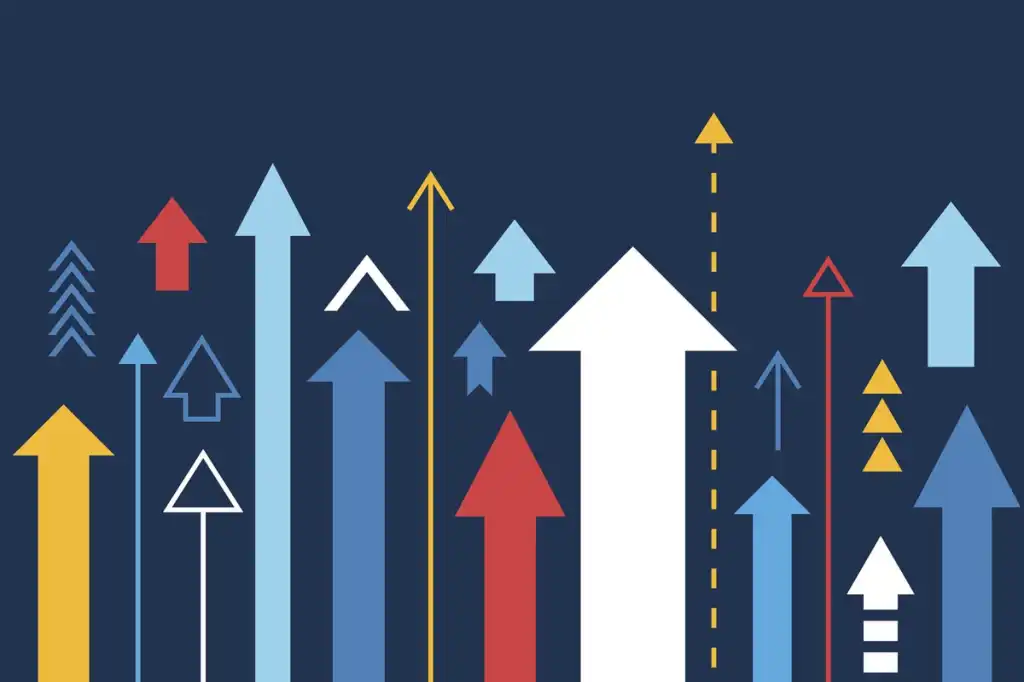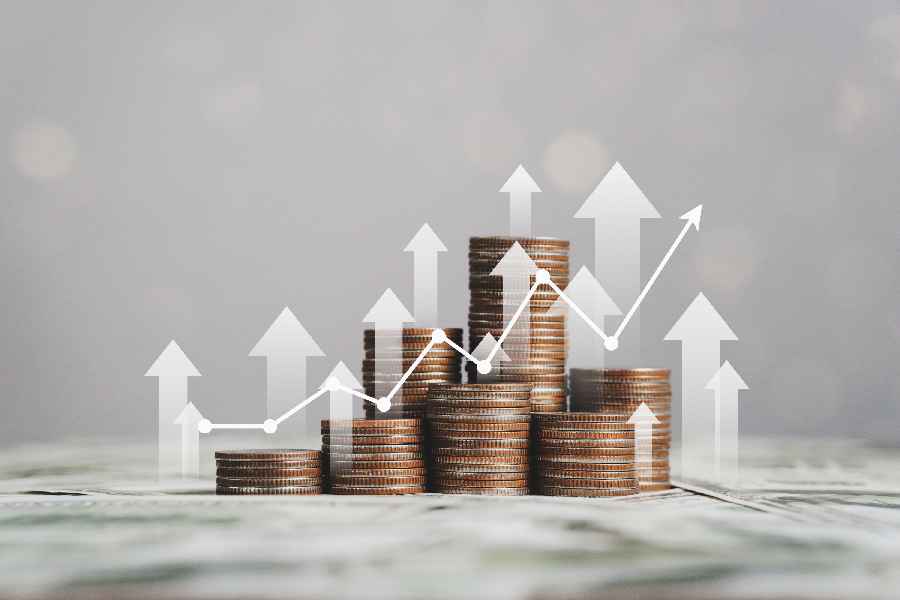trending
neon
Cirque du Soleil offers summer ticket deals
dining out
Celebs ditch the Strip for iconic Henderson restaurant
july 
trending
neon
Cirque du Soleil offers summer ticket deals
dining out
Celebs ditch the Strip for iconic Henderson restaurant
july 

Government spending plays a crucial role in shaping the investment market by influencing economic growth, stock prices, bond yields, and investor confidence




Government spending plays a critical role in shaping the U.S. investment market. As the federal government allocates funds to various sectors, the effects ripple through financial markets, influencing stock prices, bond yields, and investor confidence. Whether through infrastructure projects, defense contracts, healthcare funding, or economic stimulus programs, government expenditure directly impacts corporate earnings, job creation, and overall market performance.
Government spending is a key driver of economic activity. When the government increases its expenditure, it injects capital into the economy, stimulating demand for goods and services. This, in turn, benefits businesses that supply these goods and services, leading to increased revenues and higher stock valuations. Key areas where government spending influences the investment market include:
Infrastructure Investments: Government-funded infrastructure projects, such as roads, bridges, and broadband expansion, provide significant opportunities for companies in construction, engineering, and materials industries.
Defense and Security: Large contracts awarded to defense companies lead to increased revenues and stock price appreciation in firms involved in aerospace, cybersecurity, and defense manufacturing.
Healthcare and Pharmaceuticals: Government healthcare spending, such as Medicare and Medicaid funding, supports pharmaceutical and healthcare service providers, driving sector-wide stock performance.
Technology and Innovation: Investments in technology, including artificial intelligence and renewable energy, can create new market opportunities and attract private-sector investments.
In times of economic downturn, the government often implements stimulus measures to boost economic activity. Stimulus packages, such as direct payments to citizens, extended unemployment benefits, and corporate tax incentives, can increase consumer spending and business investment. The stock market typically reacts positively to such measures, as higher disposable income and corporate liquidity drive earnings growth and investor confidence.
However, excessive government spending can also lead to inflationary pressures, prompting the Federal Reserve to adjust monetary policy, including interest rate hikes. Higher interest rates can increase borrowing costs for businesses and consumers, potentially slowing down market growth. Investors must balance the short-term benefits of government spending with potential long-term inflationary risks.
As government spending increases, so does the national debt. To finance spending, the government issues Treasury bonds, which serve as a benchmark for interest rates in financial markets. When government debt levels rise, investors demand higher yields on bonds, affecting fixed-income markets. A higher yield environment can make bonds more attractive relative to equities, influencing portfolio allocation decisions.
Conversely, if the government manages spending efficiently without excessive borrowing, markets may view the fiscal strategy as sustainable, maintaining stability in interest rates and investment performance.
Different sectors react uniquely to government spending patterns. For example:
Cyclical sectors (e.g., industrials, energy, and financials) benefit from increased infrastructure and defense spending.
Growth sectors (e.g., technology and healthcare) receive support from research grants, innovation funding, and healthcare subsidies.
Consumer sectors (e.g., retail and travel) may see indirect benefits from stimulus checks and increased employment levels
Government spending plays a crucial role in shaping the investment market by influencing economic growth, stock prices, bond yields, and investor confidence
the latest

U.S. GDP Growth Projections Amid Ongoing Supply Chain Issues
As the U.S. grapples with persistent supply chain issues, GDP growth projections for the coming years are being affected. This article explores the impact of these challenges on the economy and forecasts for 2025.

New Tax Reforms Expected to Stimulate Investment in Small Businesses
New tax reforms in the U.S. are designed to incentivize investment in small businesses, potentially driving economic growth and job creation. This article explores the expected impact of these reforms

Global Economic Concerns: How U.S. Policies Are Shaping the Future
As the U.S. continues to implement key economic policies, global markets are taking note. This article explores how these policies are influencing economic conditions worldwide and what it means for future growth

The U.S. Labor Market: Strong Jobs Report Signals Continued Economic Recovery
The latest U.S. jobs report shows strong gains in employment, signaling continued recovery in the labor market. This article explores the implications of these positive labor market trends for the broader economy

Inflation Remains a Challenge for U.S. Economic Growth in 2025
As the U.S. economy heads into 2025, inflation remains a persistent challenge. This article explores the causes of inflation, its effects on economic growth, and potential solutions for managing rising prices

Stock Market Volatility and Its Impact on Economic Stability
Stock market volatility has far-reaching effects on economic stability. This article explores the causes of stock market fluctuations and their impact on growth, investment, and consumer confidence

Biden's Economic Agenda: Key Policies to Shape Future Growth
President Biden's economic agenda focuses on sustainable growth through infrastructure investment, clean energy initiatives, and tax reforms. This article explores the key policies shaping the future of the U.S. economy

U.S. Reforms: What They Mean for Investors
Recent U.S. reforms are reshaping investment strategies, affecting markets, businesses, and investor confidence. Learn how these changes influence financial decisions

The Link Between U.S. Growth and Investment Strategies
Explore how investment strategies shape U.S. economic growth, influencing markets, businesses, and financial trends for long-term stability